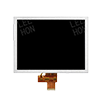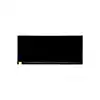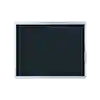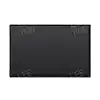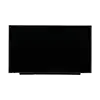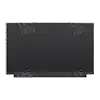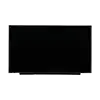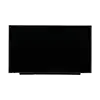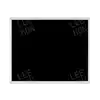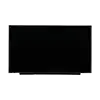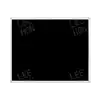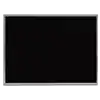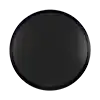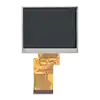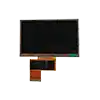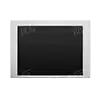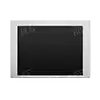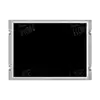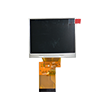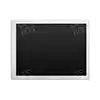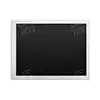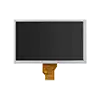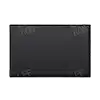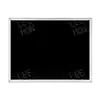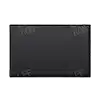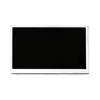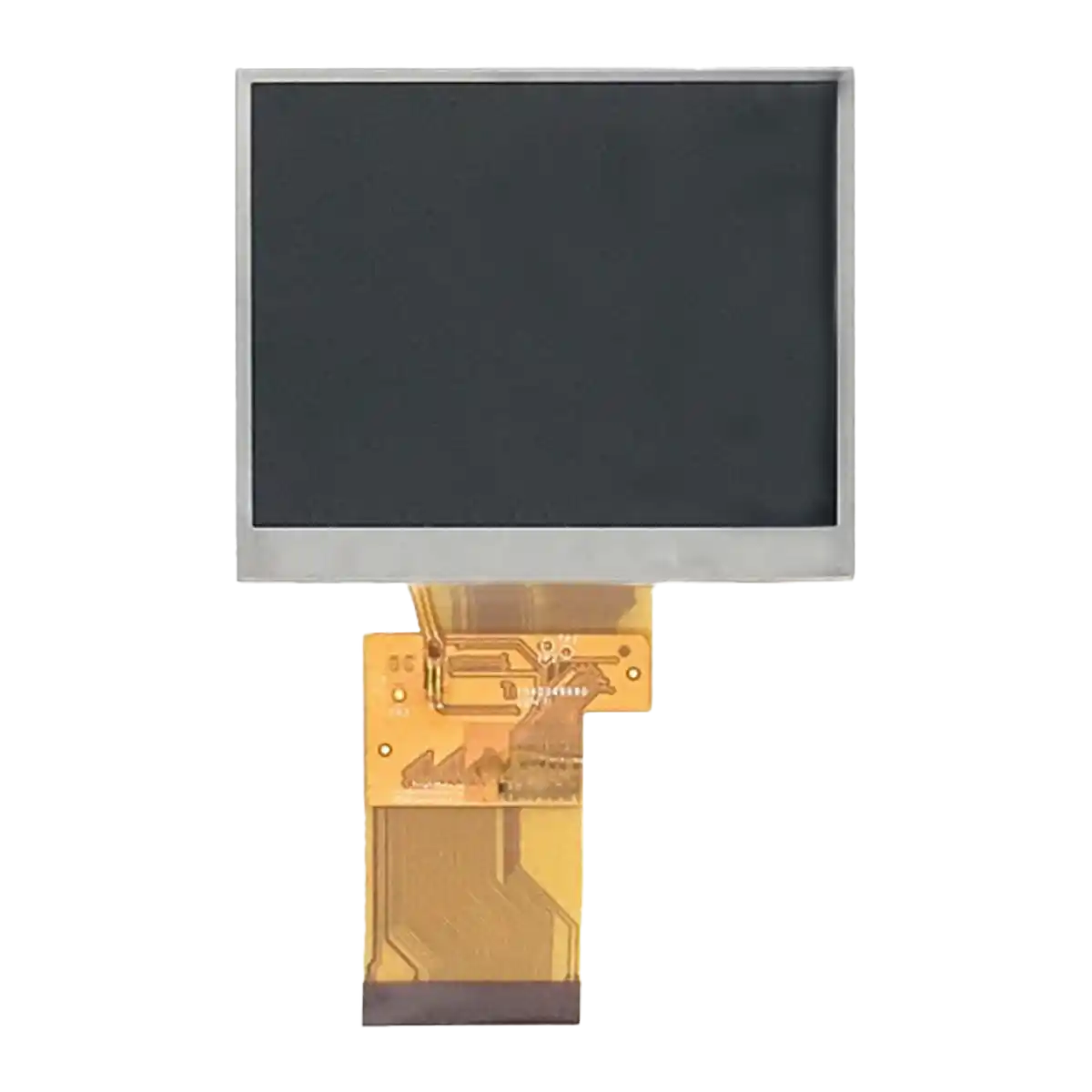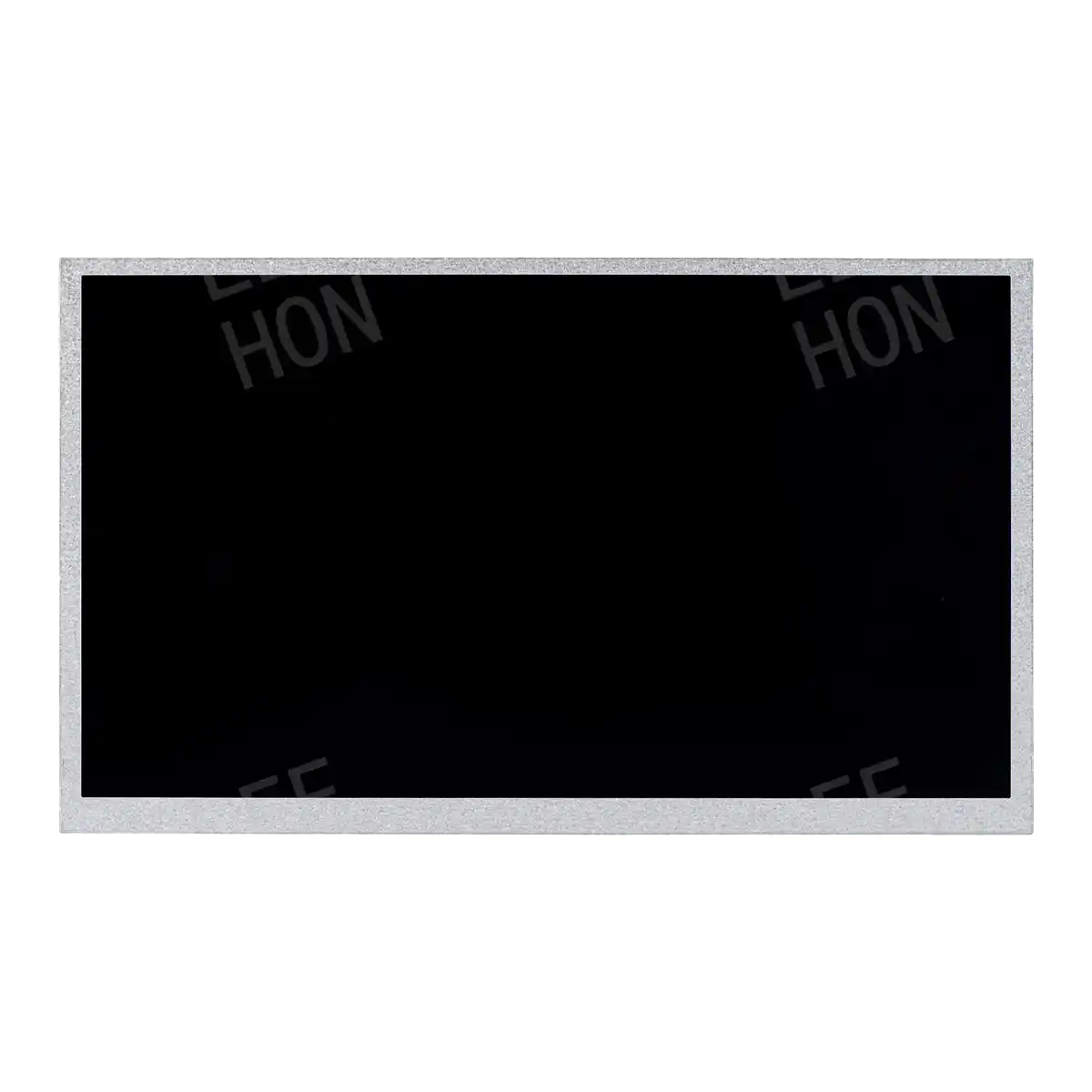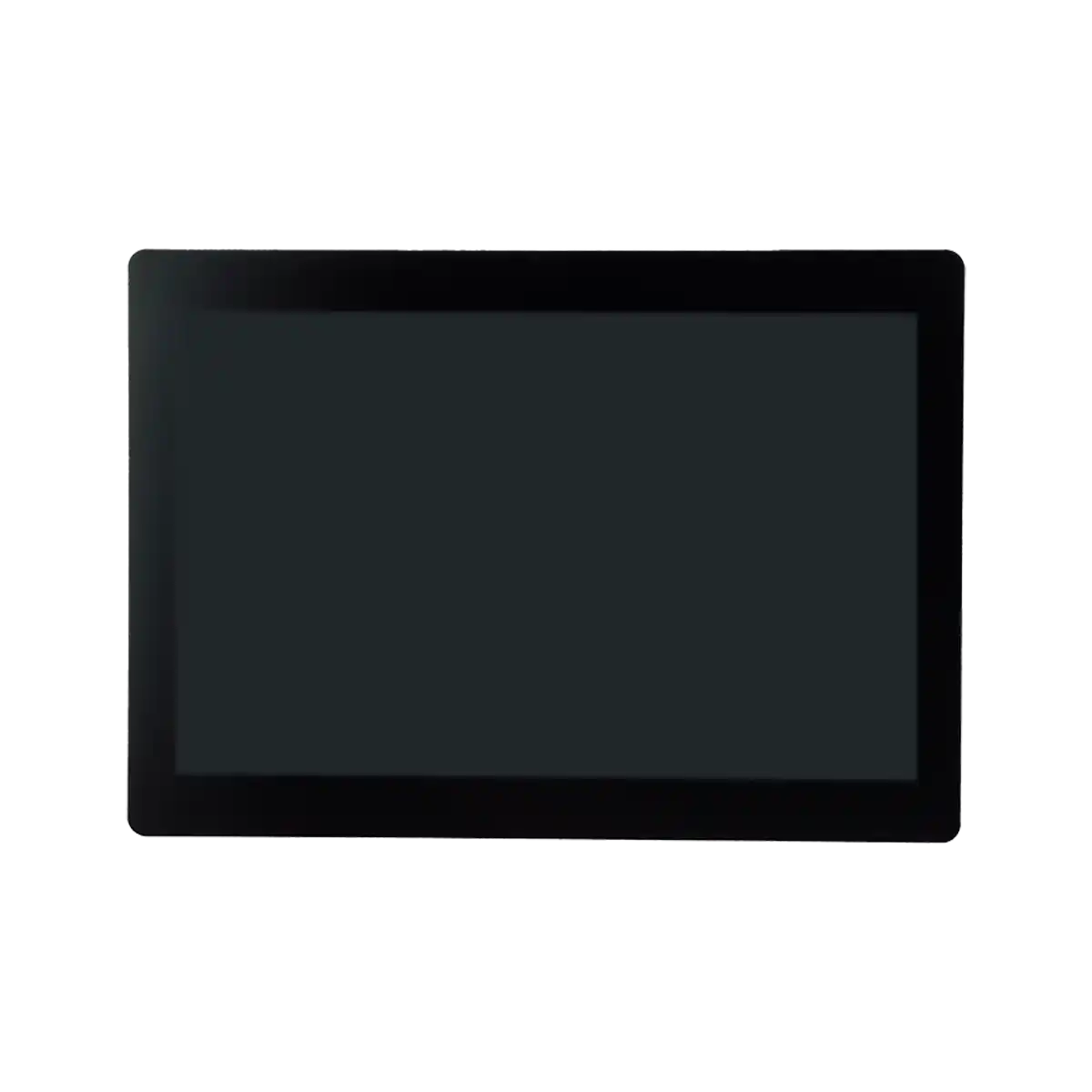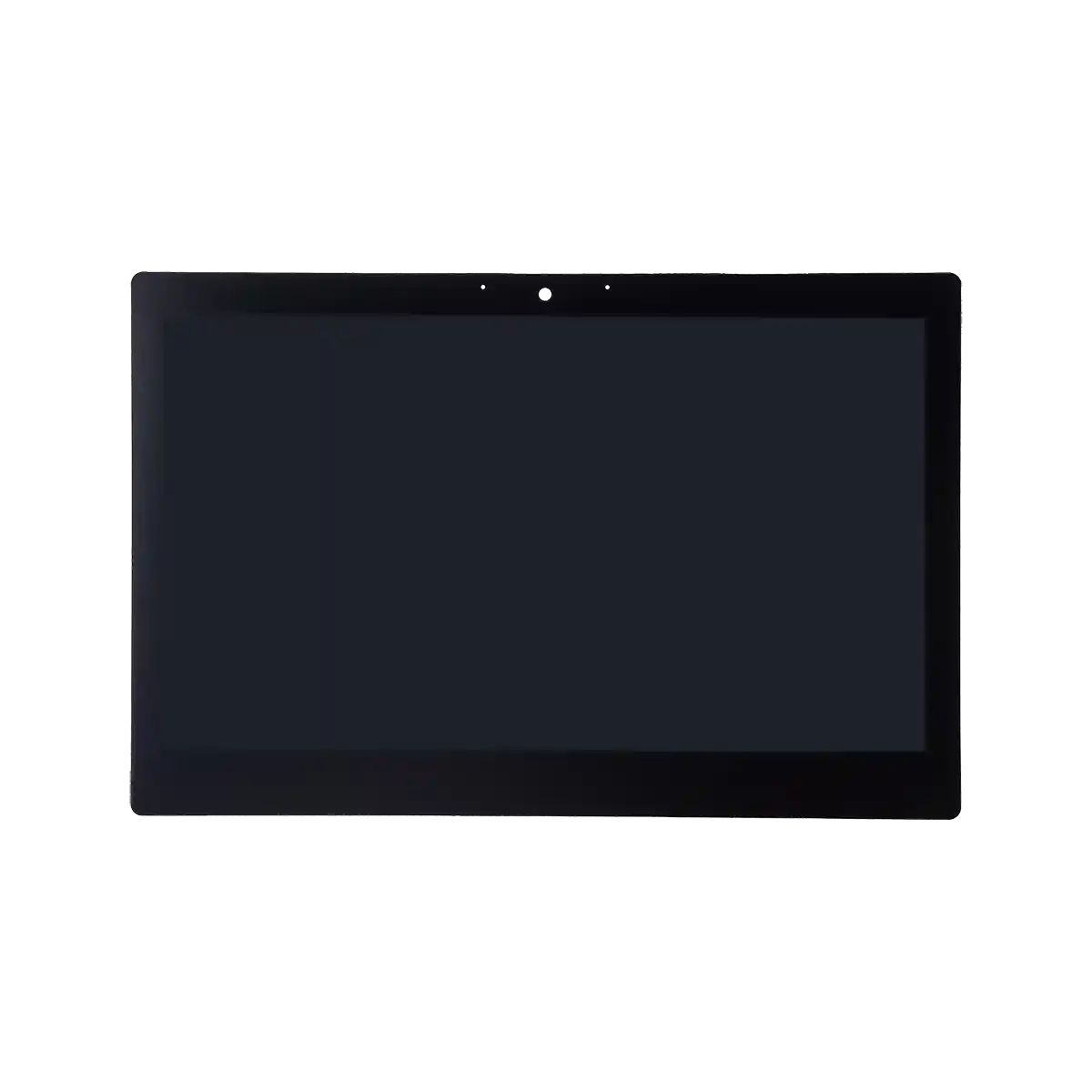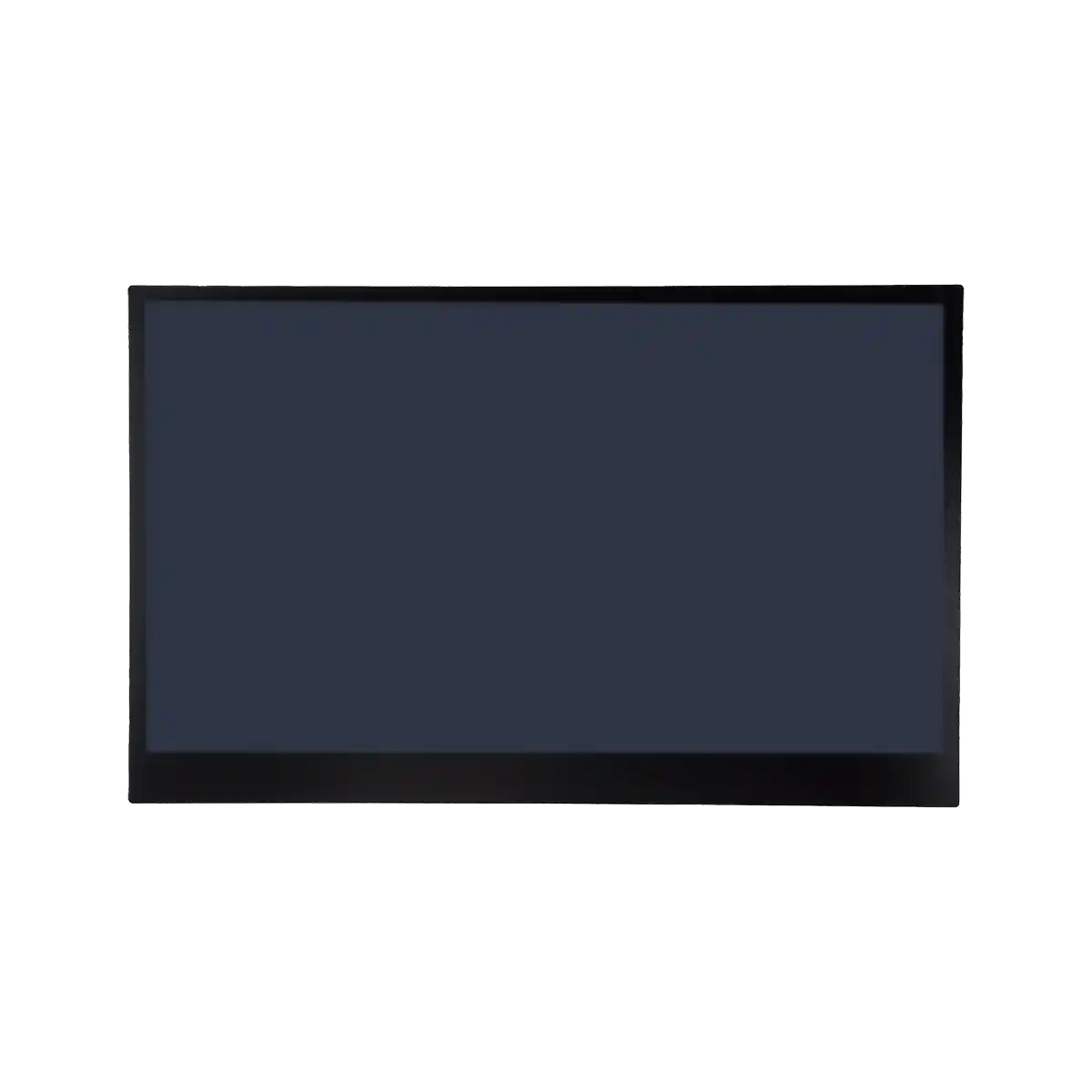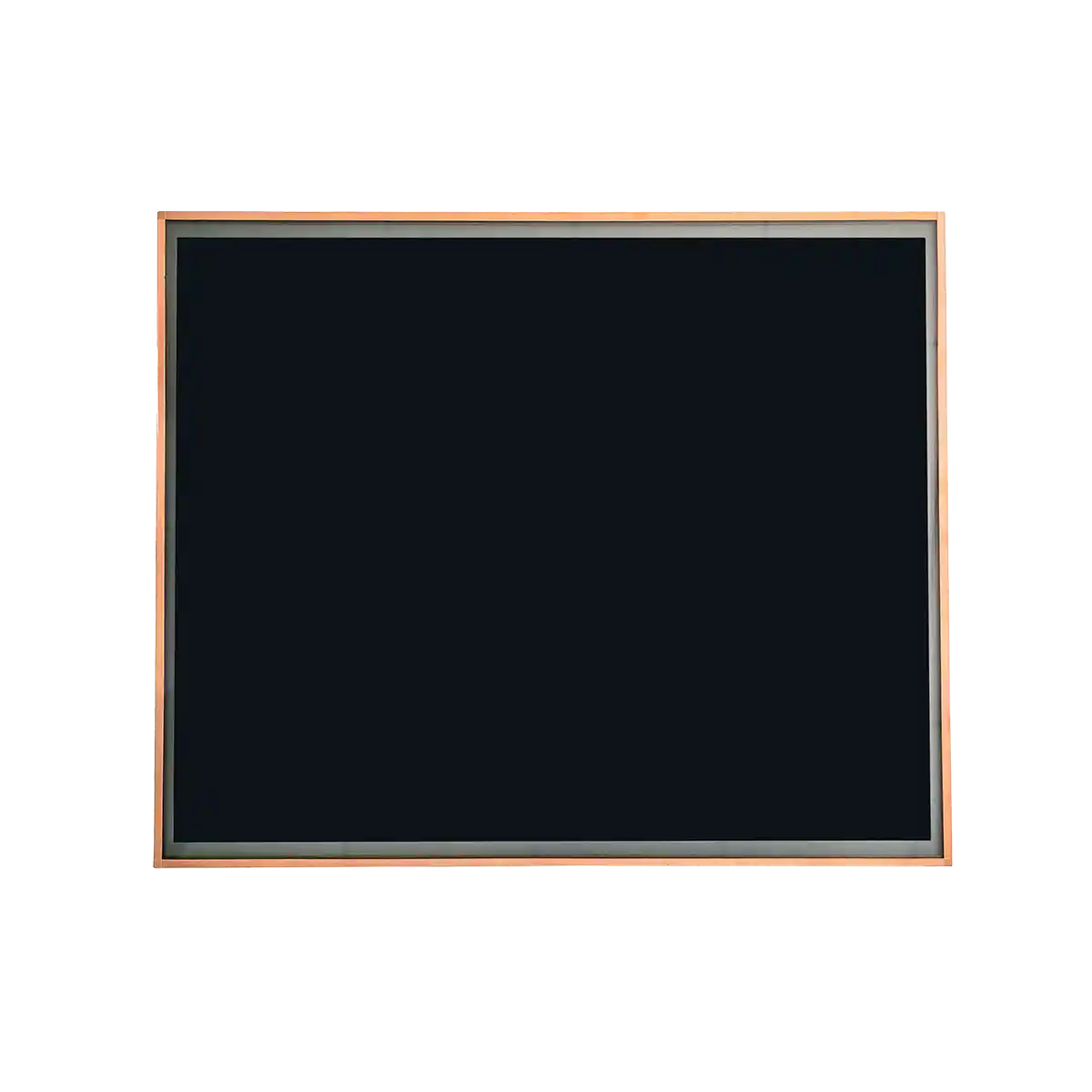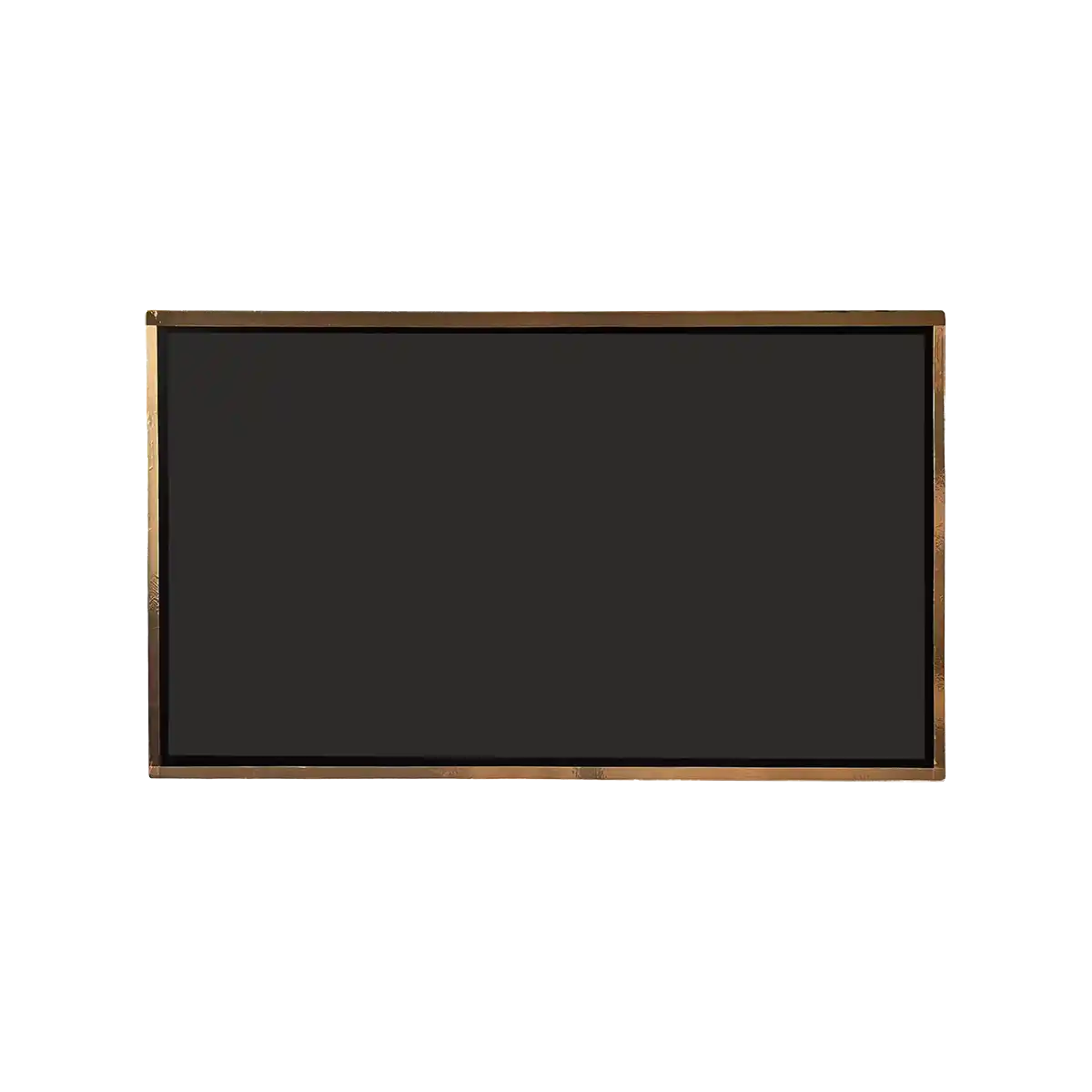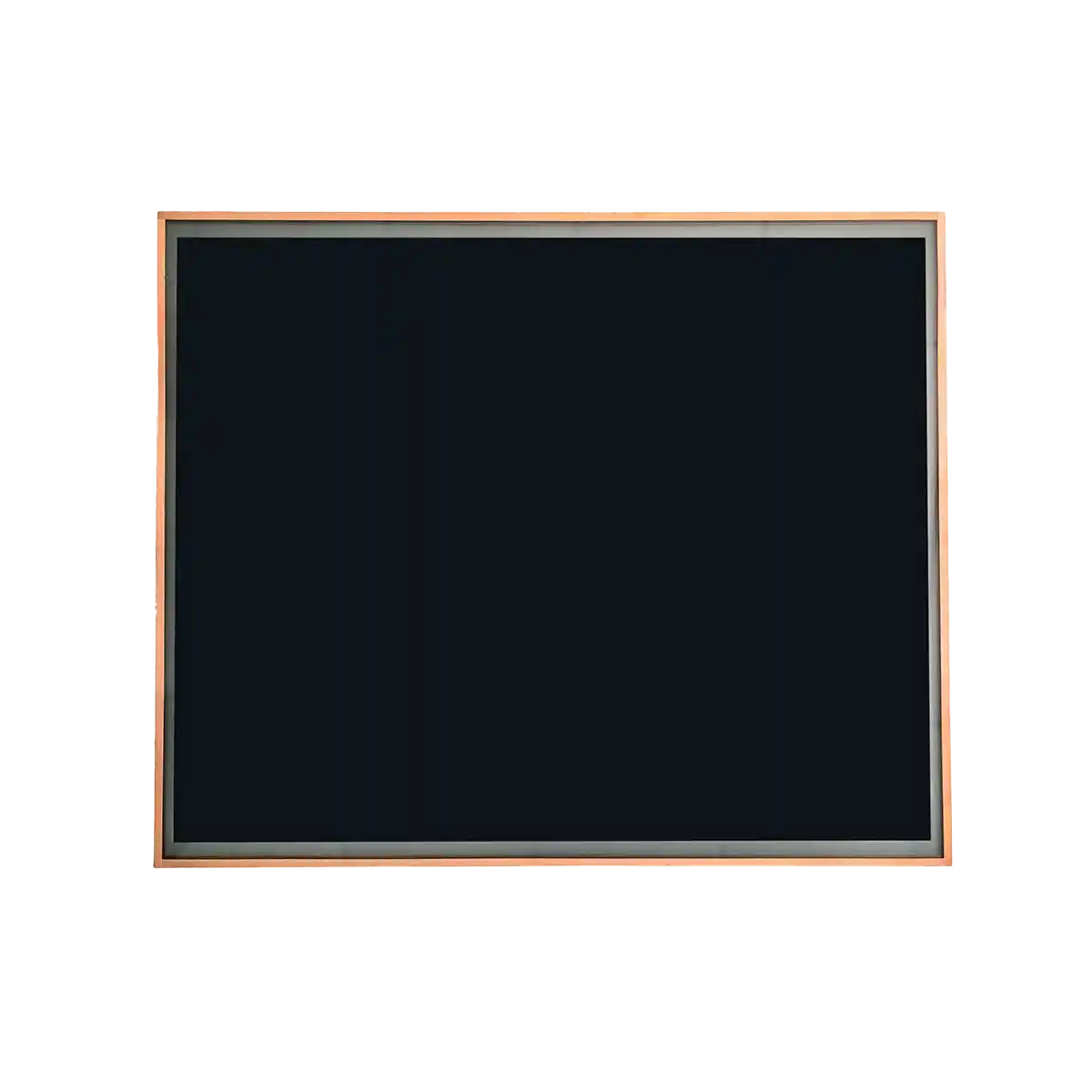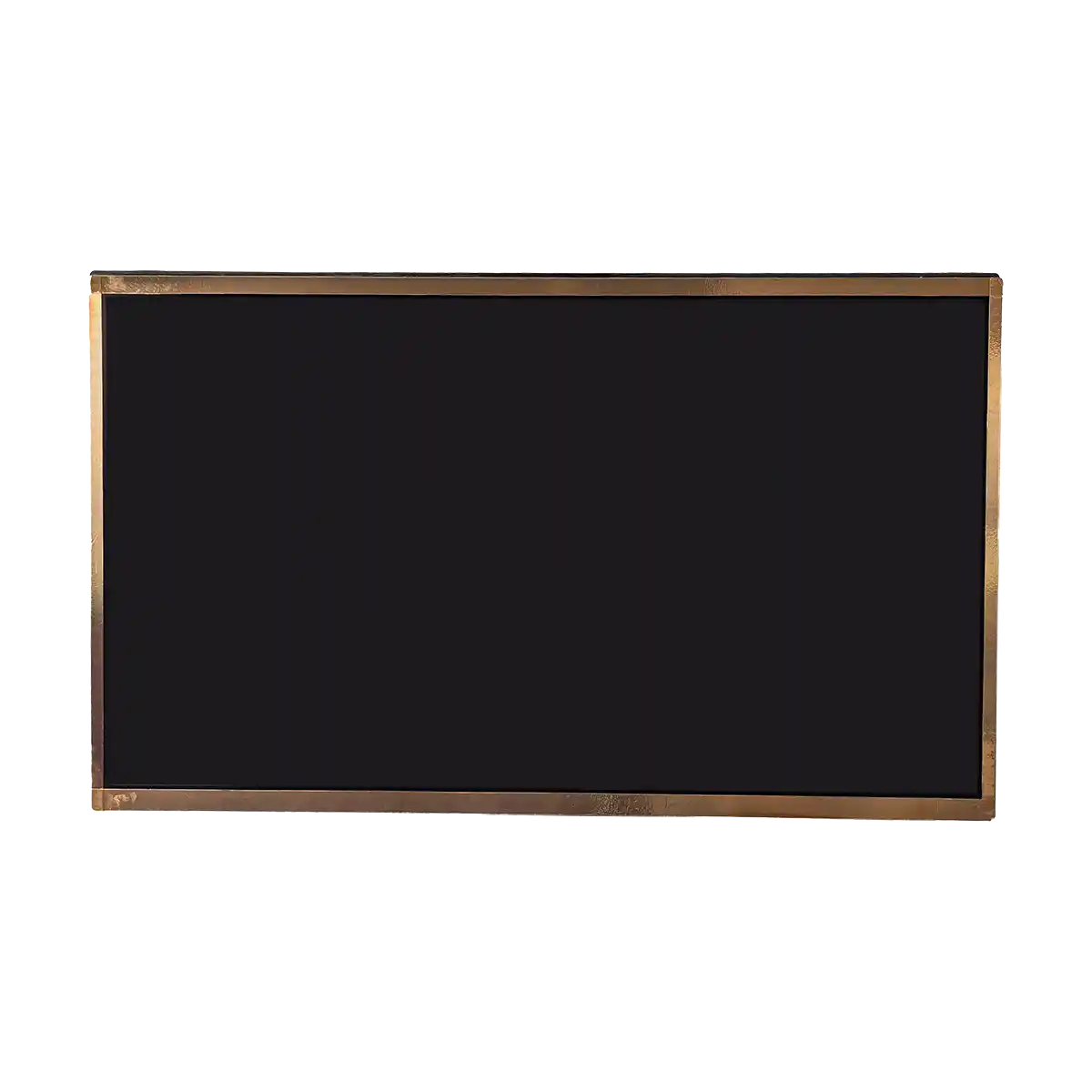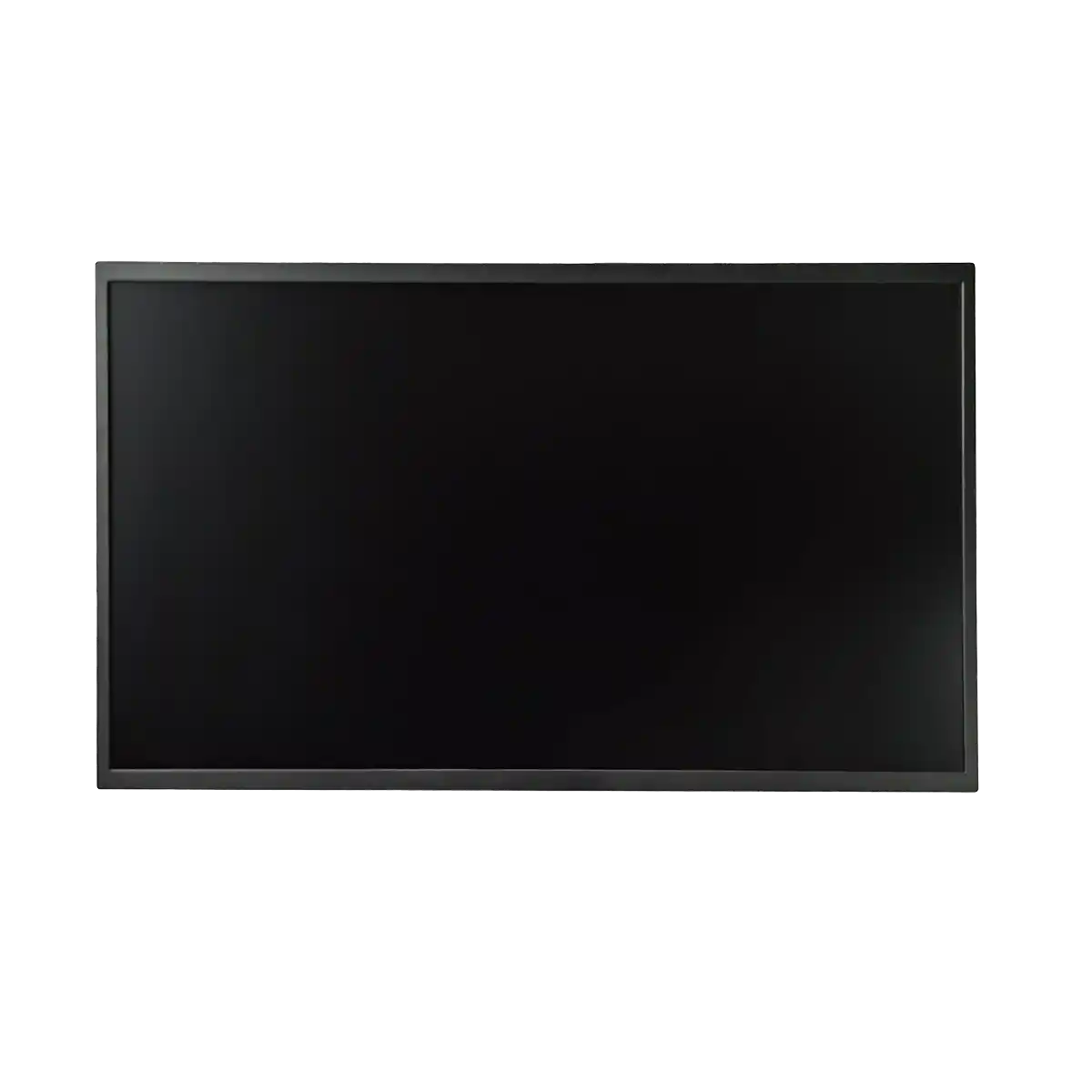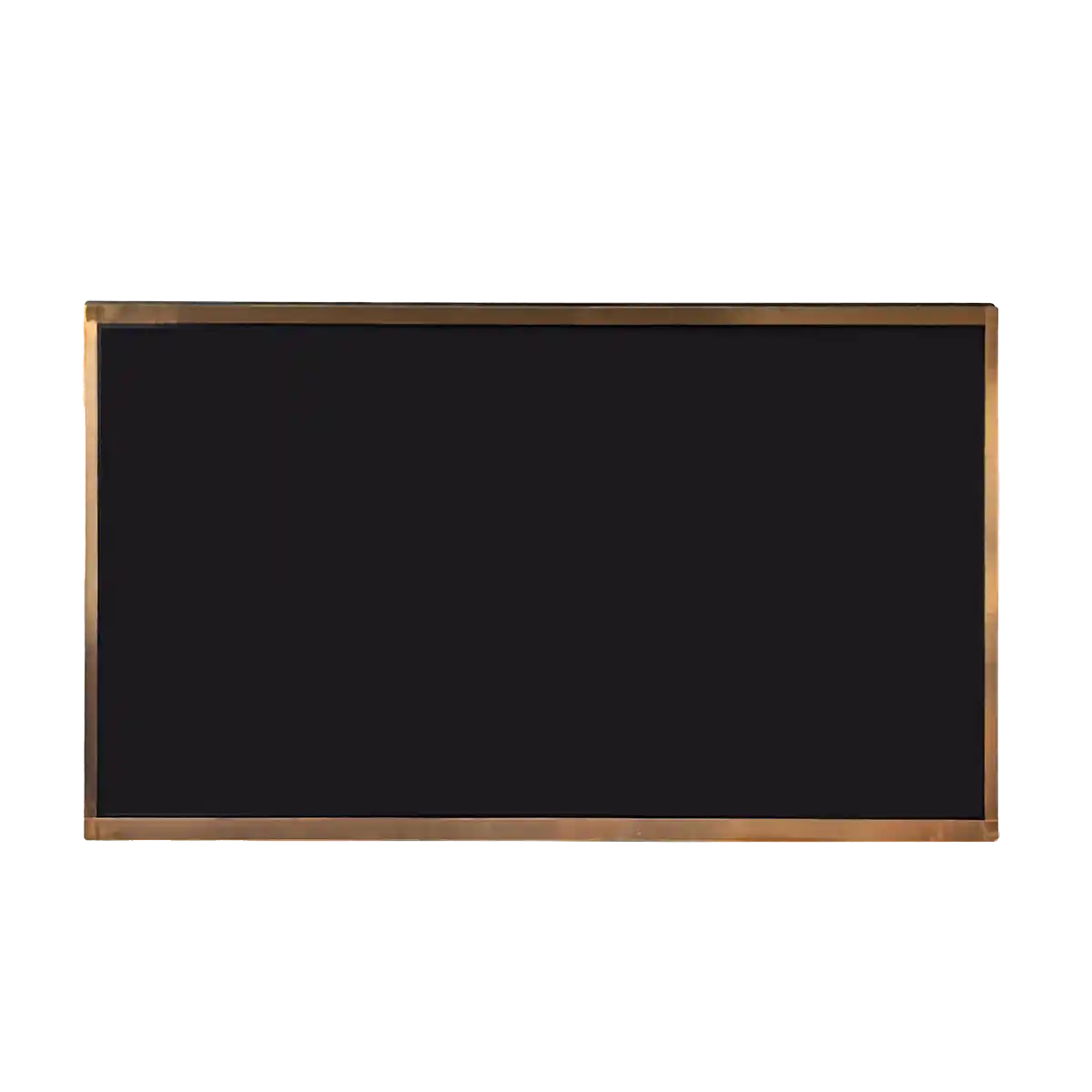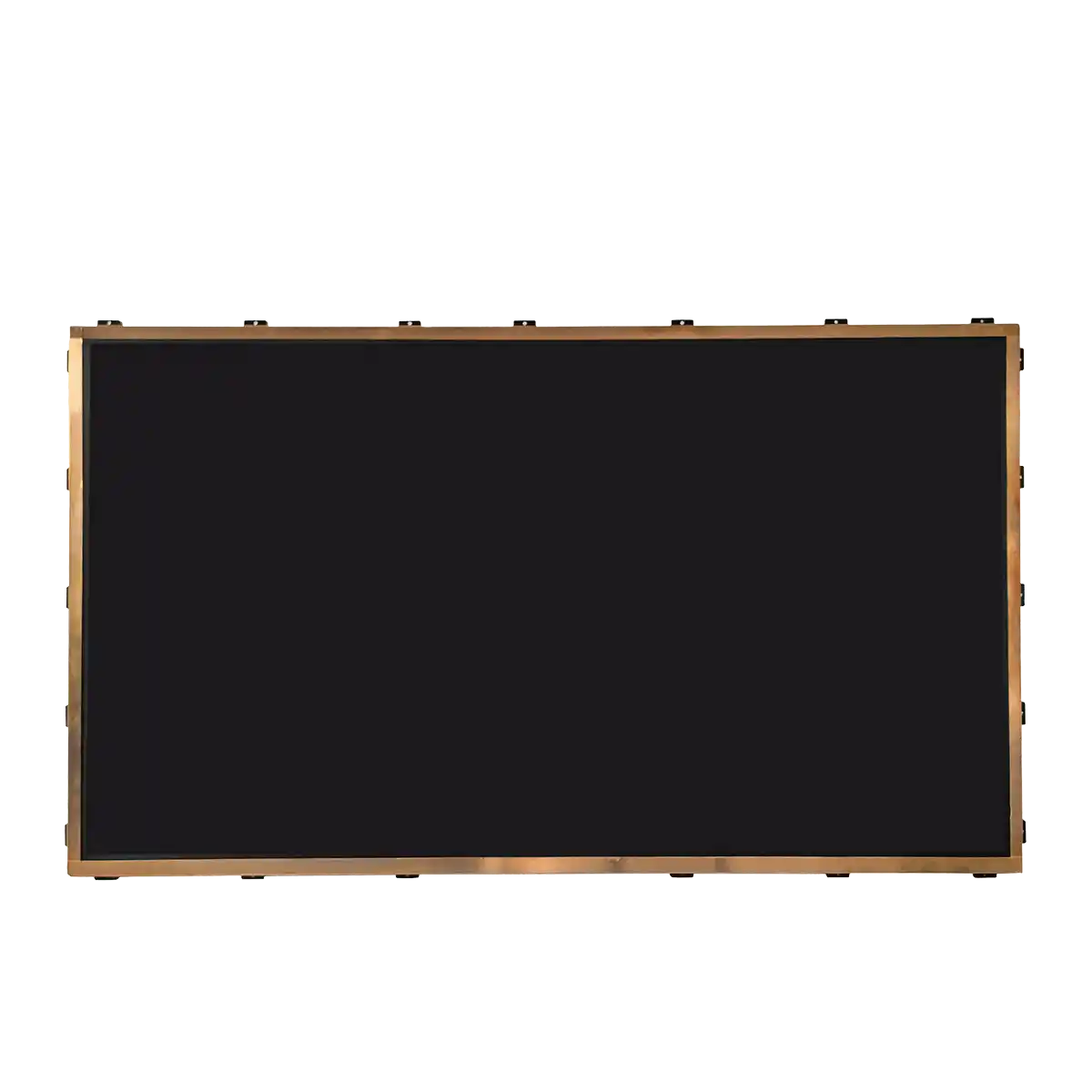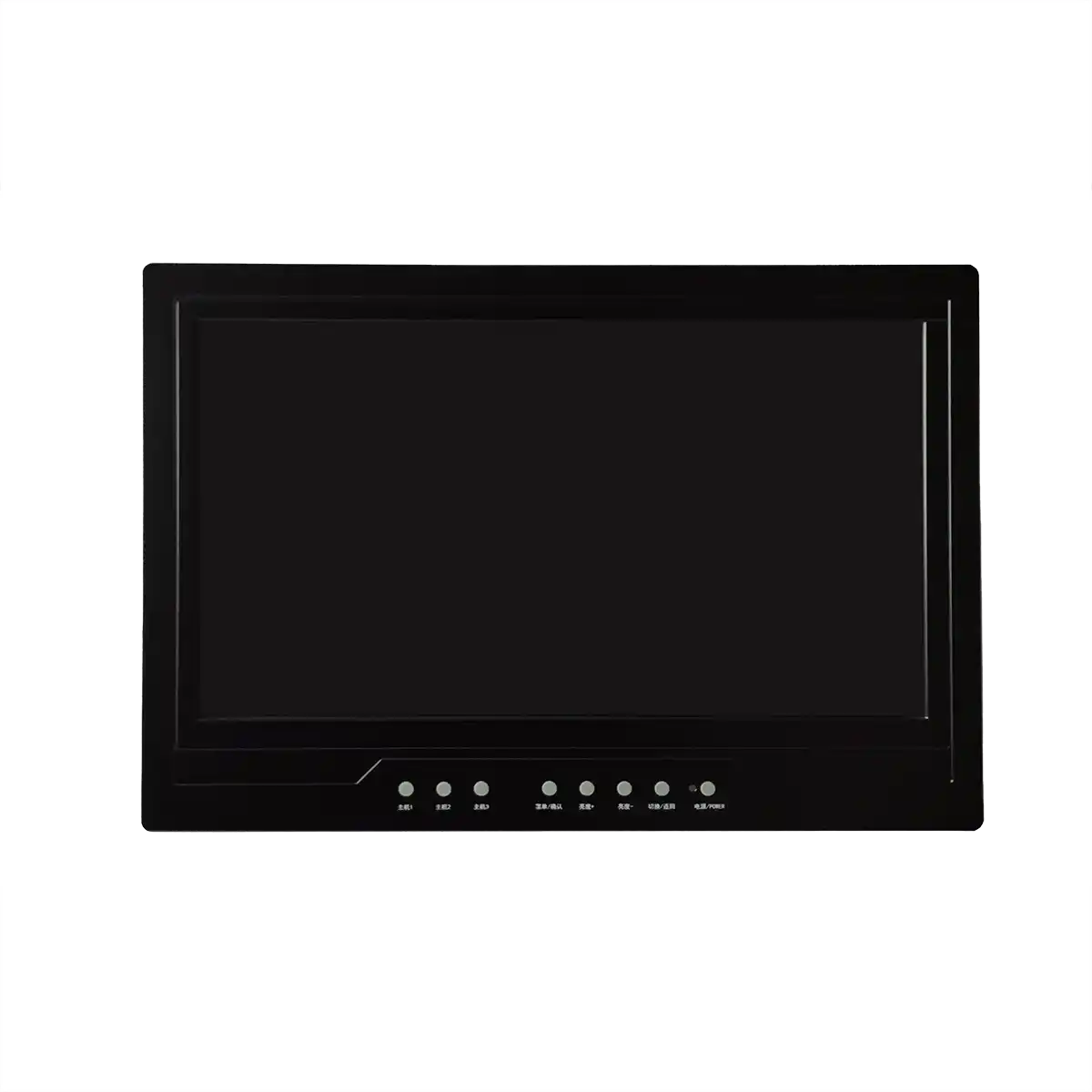The Role of Industrial LCDs in Challenging Conditions
In the realm of industrial applications, the demand for robust and reliable display solutions is paramount. Industrial LCD screens, or Liquid Crystal Displays, have emerged as a critical component in various sectors, including manufacturing, transportation, and medical equipment. These displays are designed to withstand harsh environments, offering high visibility and durability. The term "harsh environments" encompasses conditions such as extreme temperatures, humidity, dust, vibrations, and potential exposure to chemicals or water. This introductory segment sets the stage for a detailed exploration of industrial LCDs, their significance, and the technological advancements that enable them to thrive in challenging settings.

Industrial LCD screens are characterized by their ability to provide clear and legible displays even under adverse conditions. The technology behind LCDs involves the manipulation of liquid crystals, which are sandwiched between two layers of glass or plastic. An electric current is applied to these crystals, causing them to align in a way that allows light to pass through and create images. In industrial settings, the following features are crucial for LCD screens:
1. Brightness and Contrast: High brightness is essential to ensure visibility in bright ambient light conditions, such as direct sunlight or proximity to strong light sources. Contrast ratio, which is the difference between the brightest white and the darkest black, is also vital for clear image representation.
2. Ruggedness and Durability: Industrial LCDs are often subjected to physical stress. They are built with reinforced glass or plastic, and sometimes with additional protective layers, to resist impacts and vibrations. They also undergo rigorous testing to ensure they can operate within specified temperature ranges, often from -20°C to 70°C.
3. Resistance to Environmental Factors: These displays are designed to be resistant to dust, moisture, and chemical exposure. They often feature sealed enclosures and are rated according to the IP (Ingress Protection) code, which indicates the level of protection against solid objects and water.
4. Longevity and Low Power Consumption: Industrial applications require displays that can operate continuously for extended periods. LCDs are known for their low power consumption and long operational lifespans, which reduce maintenance and replacement costs.
5. Customization and Scalability: Industrial LCDs can be tailored to meet specific needs, such as size, resolution, and interface compatibility. This flexibility allows for integration into a wide range of machinery and systems.
The conclusion of this article reiterates the importance of industrial LCD screens in ensuring operational efficiency and safety in harsh environments. It highlights how these displays have evolved to meet the stringent requirements of various industries, providing a reliable and durable solution for visual data presentation. The conclusion also emphasizes the ongoing research and development in the field, which promises even more advanced and resilient display technologies in the future.
For those interested in delving deeper into the subject, the expansion section could explore the following topics:
1. Comparative Analysis: A comparison between industrial LCDs and other display technologies such as LED (Light Emitting Diode) displays, OLEDs (Organic Light Emitting Diodes), and CRTs (Cathode Ray Tubes) in terms of performance, cost, and suitability for harsh environments.
2. Technological Innovations: An overview of the latest innovations in LCD technology, such as touch capabilities, sunlight-readable screens, and advanced bonding techniques that enhance durability.
3. Case Studies: Real-world examples of how industrial LCDs have been successfully implemented in various industries, showcasing their impact on productivity and safety.
4. Future Trends: A look ahead at the potential developments in industrial LCD technology, including the integration of smart sensors, augmented reality, and the Internet of Things (IoT) to create smarter and more interactive displays.
5. Maintenance and Care: Practical advice on maintaining industrial LCD screens to ensure their longevity and optimal performance, including cleaning, calibration, and troubleshooting common issues.
Recommended Articles
-
Why Choose BOE’s EV101WXM-N10?
2025-01-03 -
The Trajectory of South Korea's LCD Industry Amidst Political Fluctuations and Technological Transition: Challenges and Opportunities Coexist
2025-01-03 -
ADS Pro: The Future of Display Technology
2025-01-03 -
Interpretation Report on AUO's New Generation Smart Cockpit
2025-01-03 -
What is the difference between quantum chips and quantum dot technology?
2025-01-03 -
Are the displays in Tesla's Cybertruck and Robovan the same as you imagined?
2025-01-03 -
BOE GV070WSM-N10 parameters and advantages and disadvantages analysis
2025-01-03 -
TM070RDH10-43 7-inch TFT-LCD Display: Technical Details and Application Guide
2025-01-03 -
Notice on the discontinuation of TCG104SVLQJPNN-AN41 model and alternative solutions
2025-01-03 -
Introduction: Reasons to Choose G121EAN01.2
2025-01-03 -
Practical Applications of Industrial LCD Screens: The Perfect Blend of Professionalism and Customization
2024-09-26 -
Hangzhou LEEHON Technology supplies BOE GT080X0M-N12: High quality 7-inch TFT-LCD module solution
2024-09-14 -
How to Check for Issues in Industrial LCD Panels
2024-09-11 -
How does an LCD screen find individual pixels?
2024-09-11 -
What is the difference between eDP and LVDS?
2024-09-11 -
In-depth analysis of the development of automotive display technology
2024-09-10


